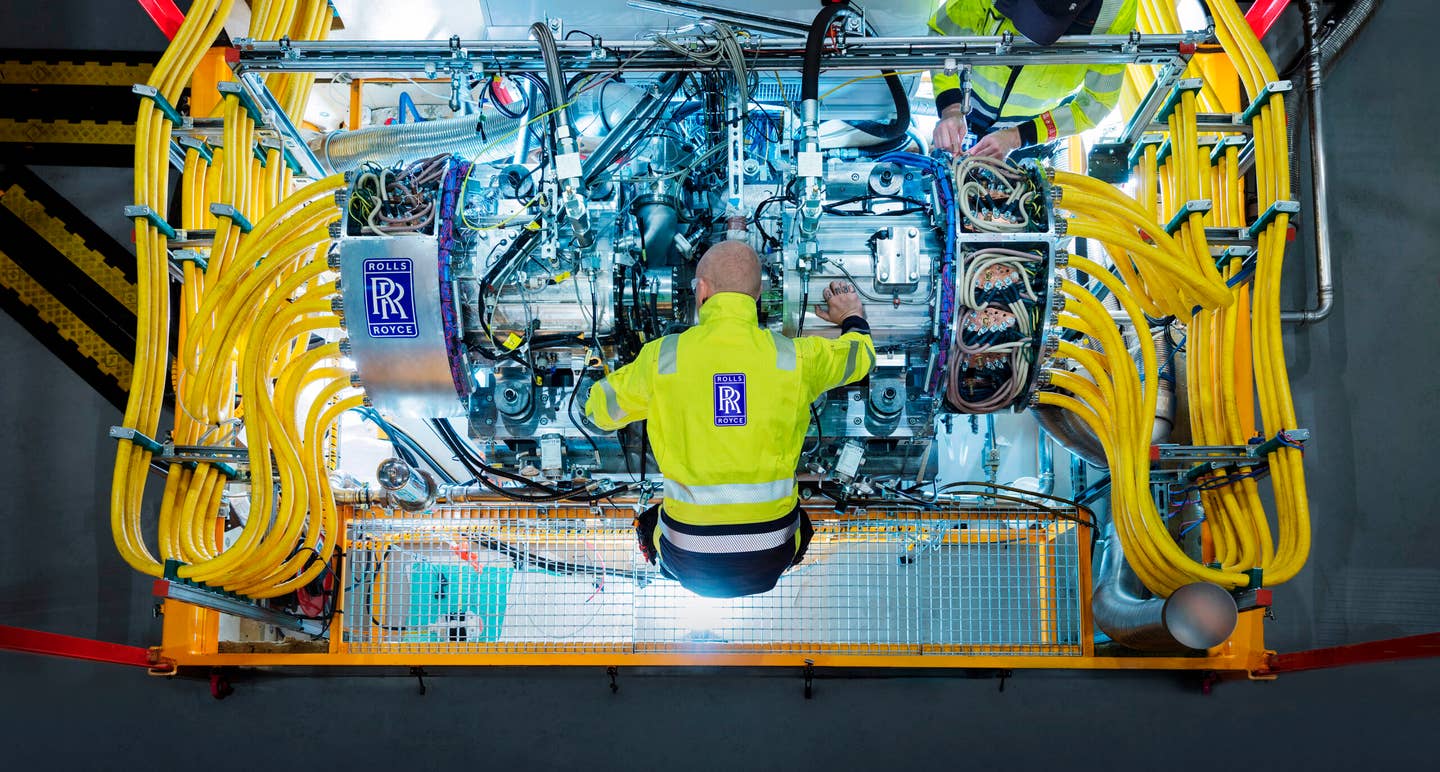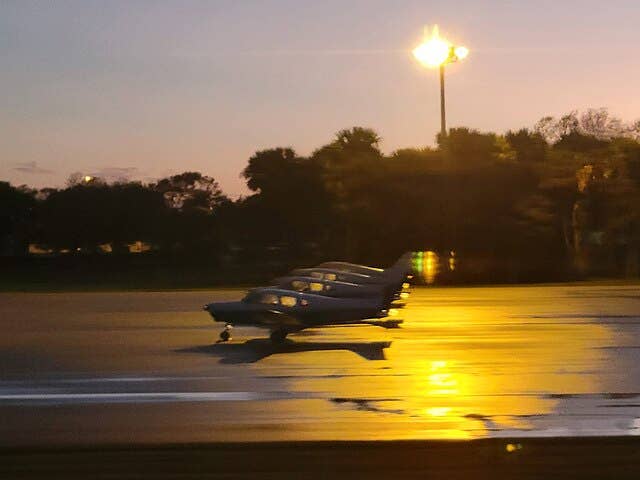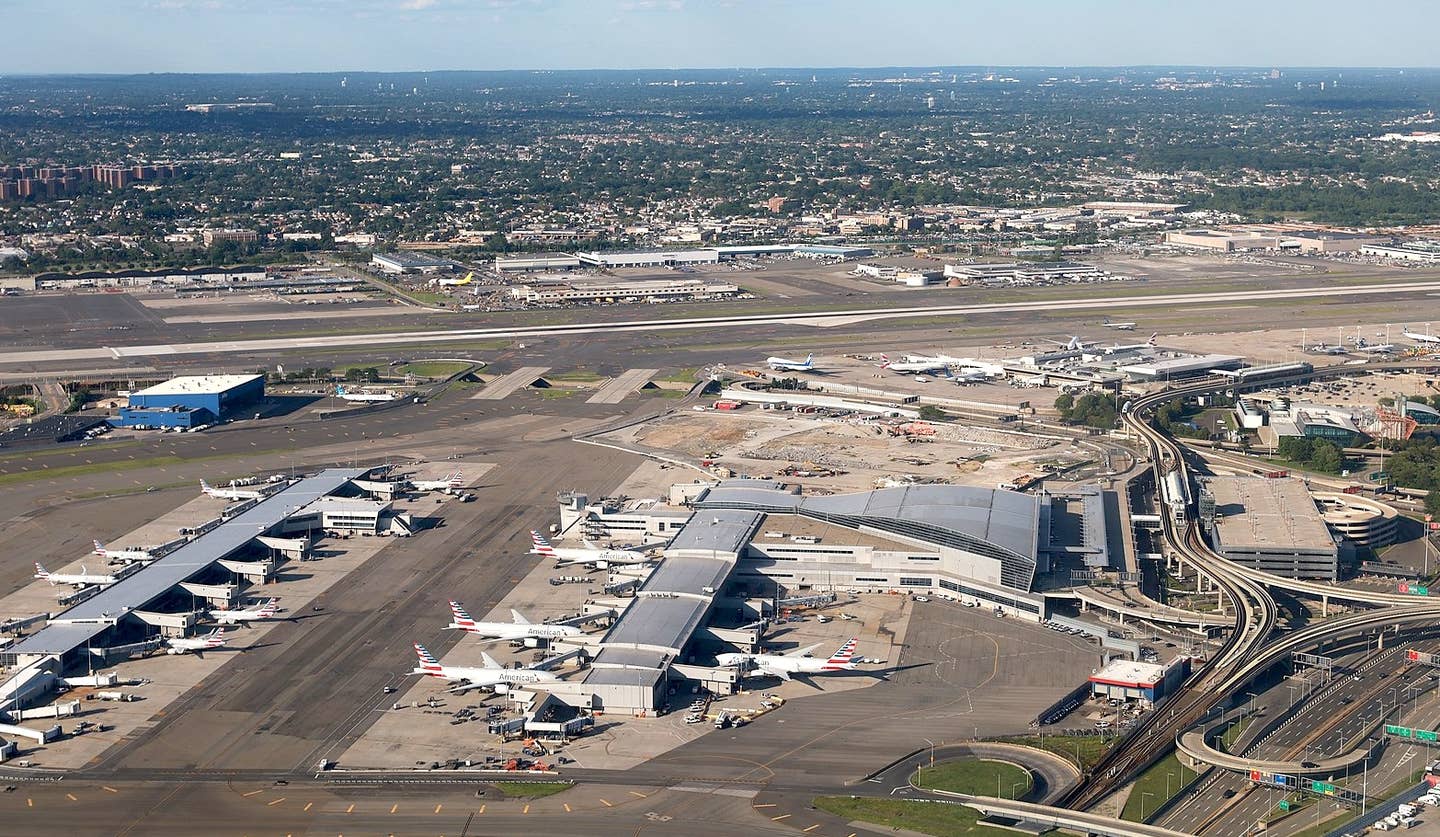Generator For 2.5-Megawatt PGS1 Delivered To Rolls-Royce Test Facility
The generator for the Rolls-Royce 2.5-megawatt Power Generation System 1 (PGS1) demonstrator program has arrived at the company’s newly renovated Testbed 108 in Bristol, U.K. The company says uses for…

Image: Rolls-Royce
The generator for the Rolls-Royce 2.5-megawatt Power Generation System 1 (PGS1) demonstrator program has arrived at the company’s newly renovated Testbed 108 in Bristol, U.K. The company says uses for the generator could include hybrid-electric propulsion systems for future regional aircraft along with “more-electric” systems for larger aircraft. It is also considering possible ground or marine applications.
“Our generator is about the size of a beer keg but it needs to produce enough electricity to continuously power around 2,500 homes—that is breaking new ground in terms of what is physically possible,” said Rolls-Royce Aviation Futures chief design engineer Adam Newman. “On completion of testing, we will have a basis for megawatt-level power for future hybrid aircraft.”
The generator was delivered to Testbed 108 following the completion of a development test program conducted at the Rolls-Royce facility in Trondheim, Norway. Rolls-Royce has already tested the AE2100 engine element, specialist controls and thermal management system for PGS1. Generator development and testing in Trondheim was supported by the EU Clean Sky 2 program.






